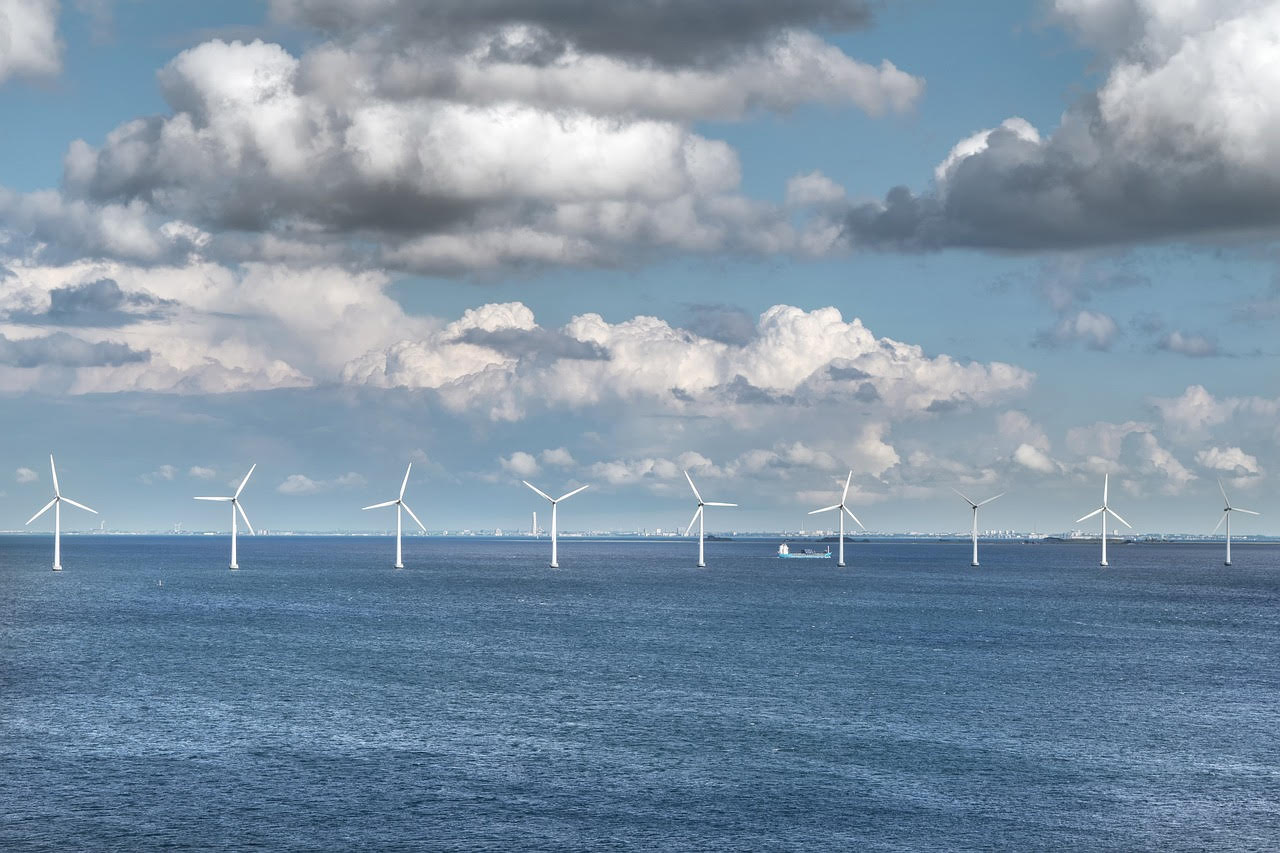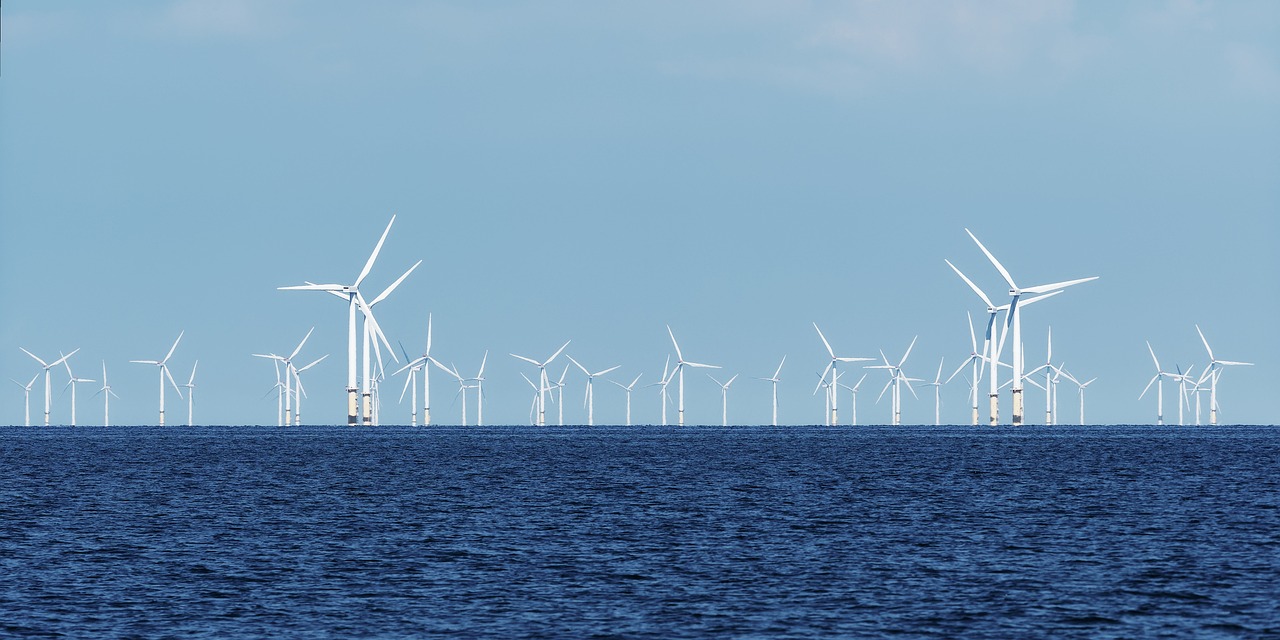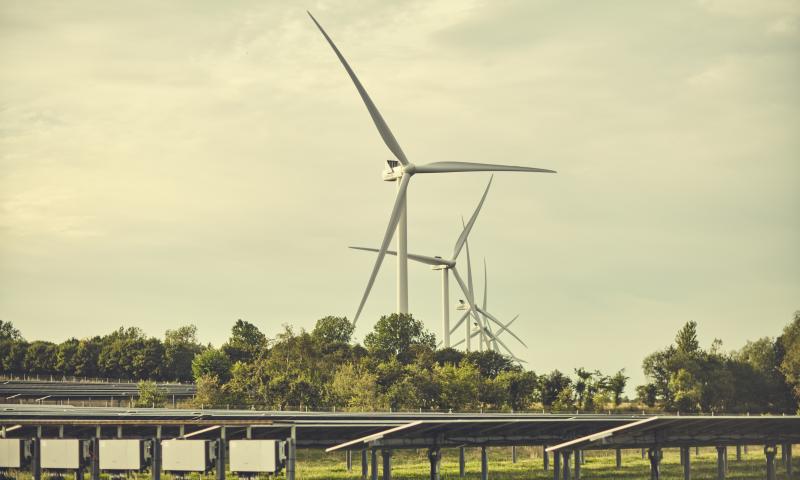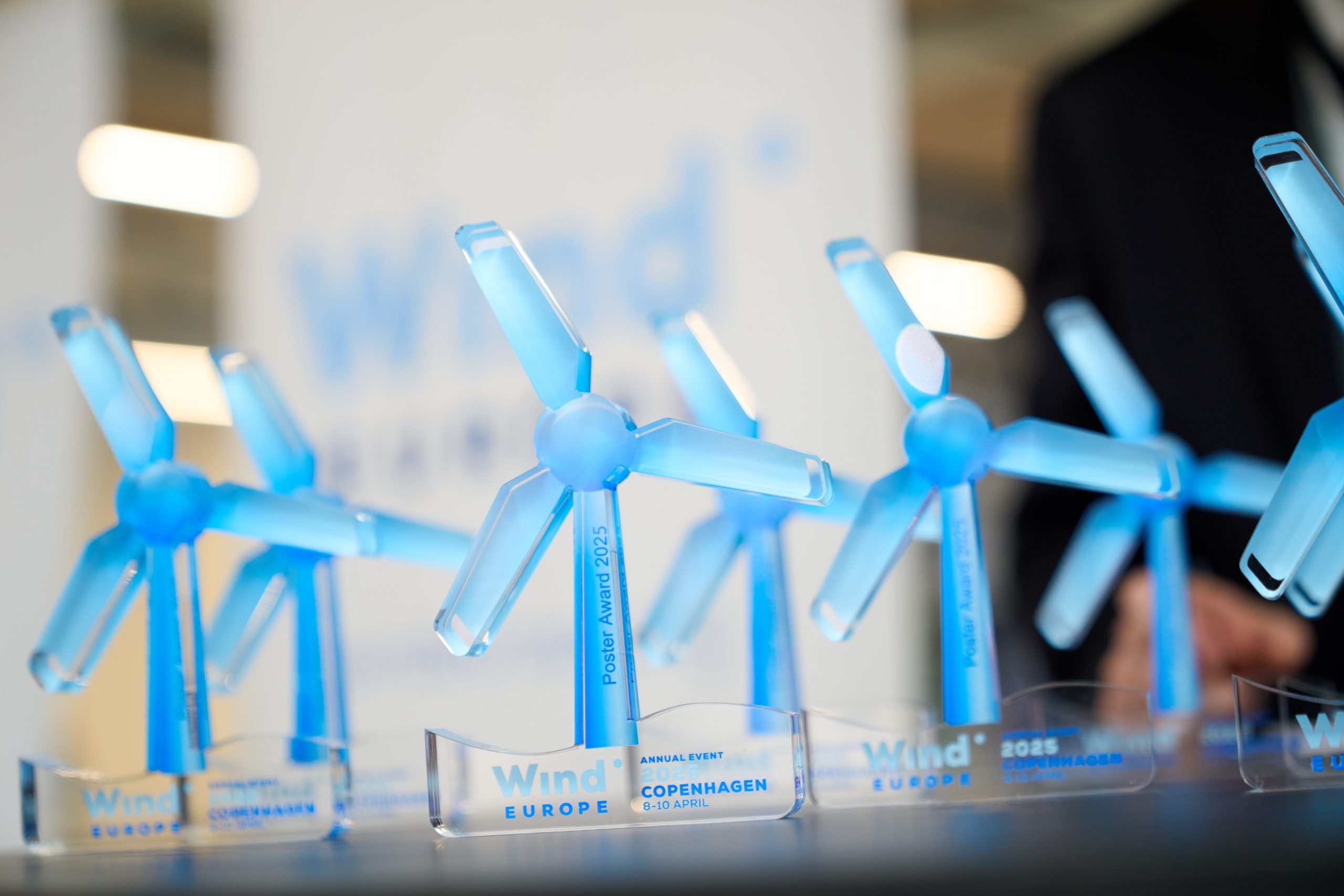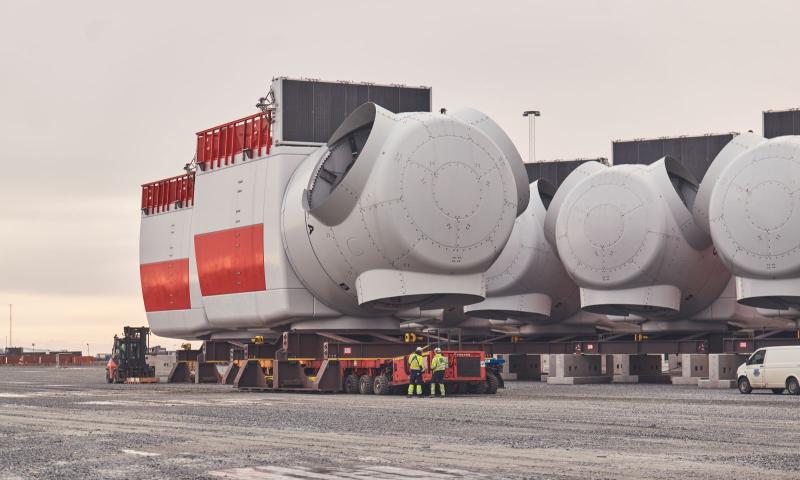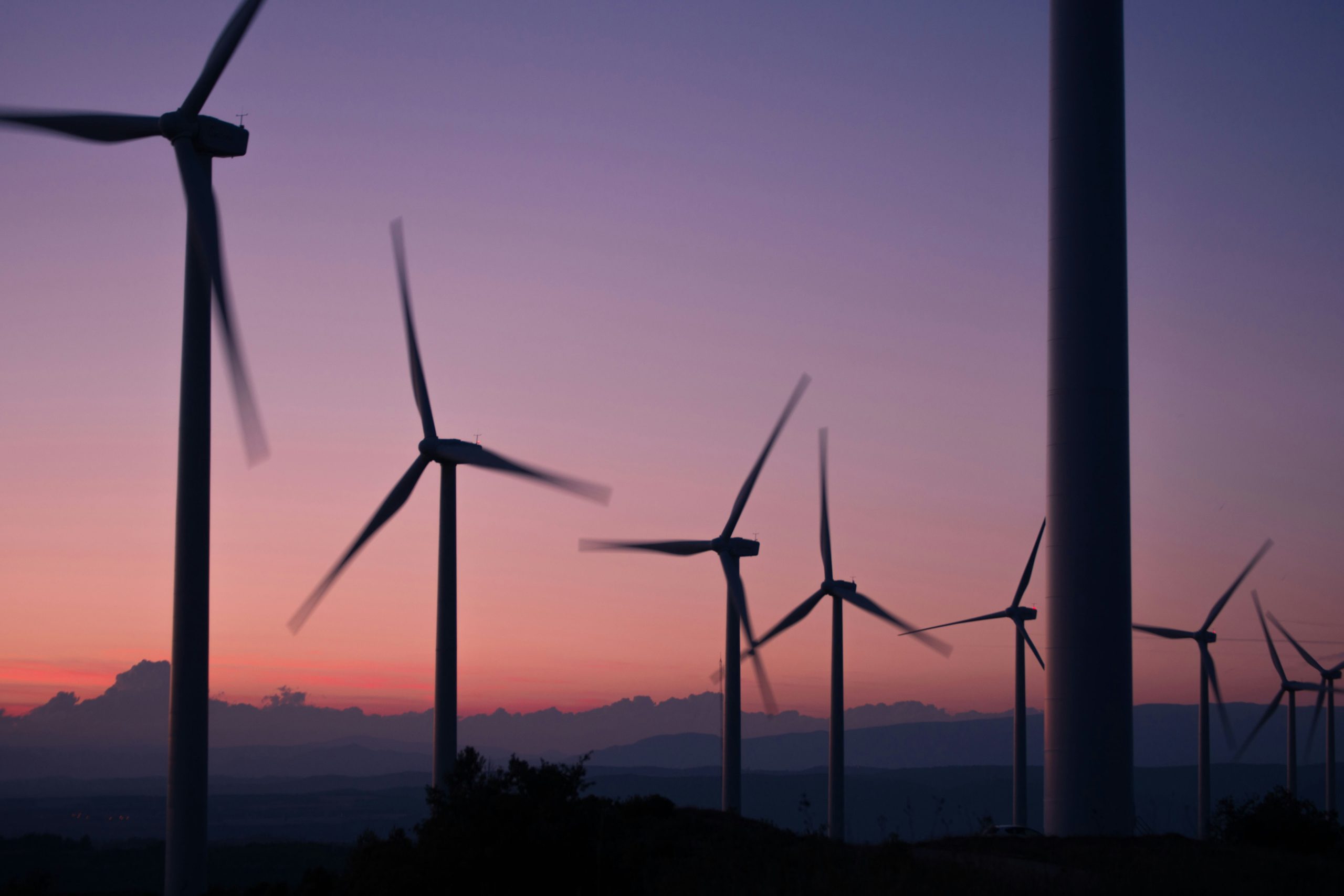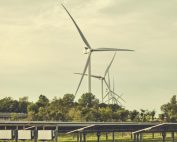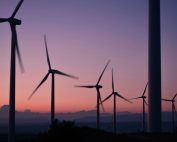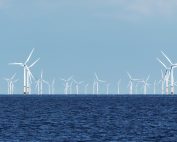The European energy sector is undergoing a historic transformation, with offshore wind power emerging as a dominant force in the transition toward renewable energy. Latest data presented by Ignitis highlights a pivotal shift: future offshore wind energy projects in Europe are set to have twice the capacity of onshore projects, signaling a strong commitment to sustainable energy development.
In 2024, renewables surpassed fossil fuels in European energy generation for the first time, with wind and solar contributing to 30% of total electricity production, compared to 27% from fossil fuels. While onshore wind farms have traditionally been the primary source of wind energy, coastal nations are now focusing on harnessing the untapped potential of offshore wind.
According to WindEurope, governments across the continent auctioned 19.7 gigawatts (GW) of new wind farm capacity in the first half of last year. Offshore wind farms accounted for 13.2 GW, more than double the 6.5 GW allocated to onshore projects. This trend underscores a growing recognition of offshore wind’s advantages, including greater efficiency and stability in energy generation.
Leading the Charge: Germany and the UK
Germany has made substantial strides in offshore wind development, installing 0.7 GW of new capacity—more than double the previous years’ additions. Landmark projects like the Baltic Eagle offshore wind farm in the Baltic Sea and the Gode Wind project in the North Sea are contributing to the country’s impressive 9.2 GW offshore wind capacity, significantly bolstering its electricity supply.
The United Kingdom is also demonstrating a clear shift away from fossil fuels. The country decommissioned its last coal-fired power plant in 2023, marking the end of an era of coal dependency. Wind energy has now become the UK’s largest power source, providing 29% of its electricity needs. In further commitment to offshore wind, the UK government held auctions for 5.3 GW of offshore wind power last year, dwarfing the 990 megawatts (MW) allocated to onshore projects.
A Vision for the Future
Europe’s offshore wind capacity currently stands at 35 GW, but projections from the European Environment Agency suggest it will surge to 110 GW by 2030 and 320 GW by 2050. This rapid expansion is expected to be accompanied by significant economic growth, with market research firm Precedence Research estimating that the European offshore wind sector’s value will rise from USD 8.58 billion in 2023 to USD 56.3 billion by 2034.
Paulius Kalmantas, Communication Partner at Ignitis Renewables, describes offshore wind as the “cornerstone” of Europe’s green transformation. “This technology not only helps to cut carbon dioxide (CO2) emissions but also creates new jobs, strengthens energy security, and ensures a more stable power supply,” he states.
Lithuania, like many of its European counterparts, is also embracing renewable energy. Currently, wind and solar account for approximately two-thirds of the country’s power generation. However, Kalmantas emphasizes the untapped potential of the Baltic Sea, urging Lithuania to capitalize on offshore wind energy as it aligns itself with the broader European movement toward sustainability.
With European nations investing heavily in offshore wind infrastructure, the continent is poised to become a global leader in renewable energy. This shift not only signals a decisive move away from fossil fuels but also promises a greener, more sustainable future for generations to come.
Source: Ignitis, WindEurope
